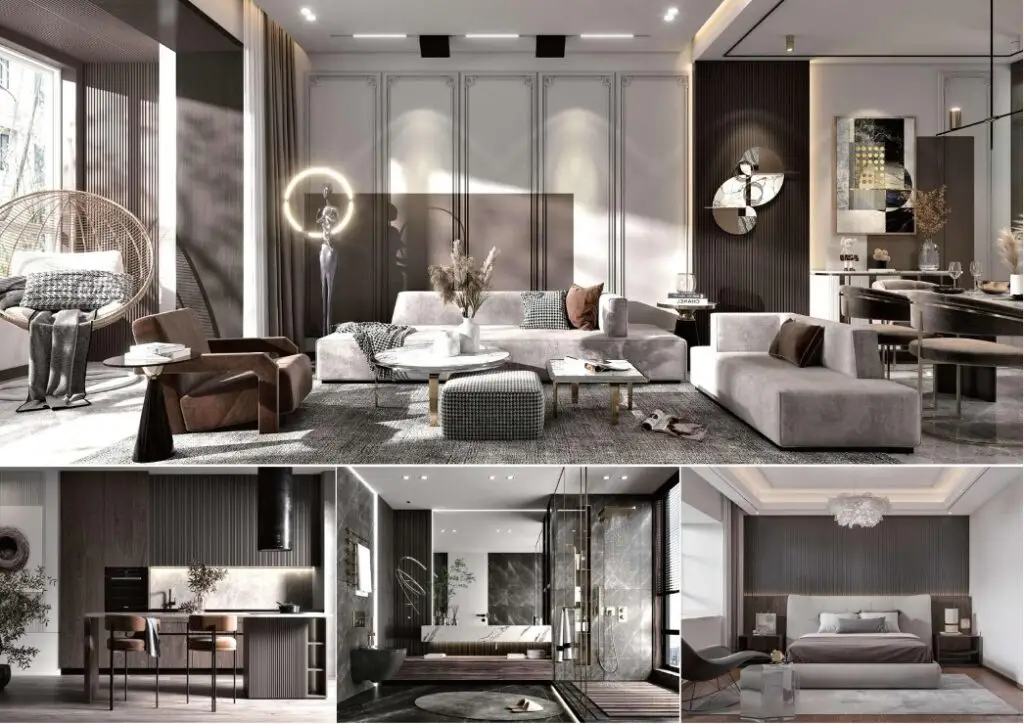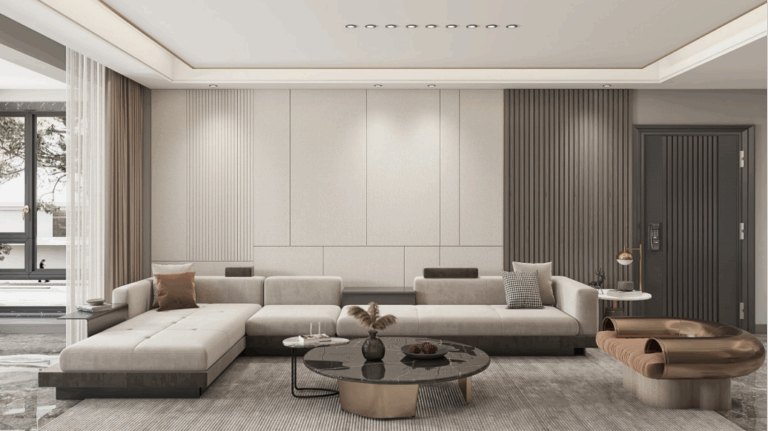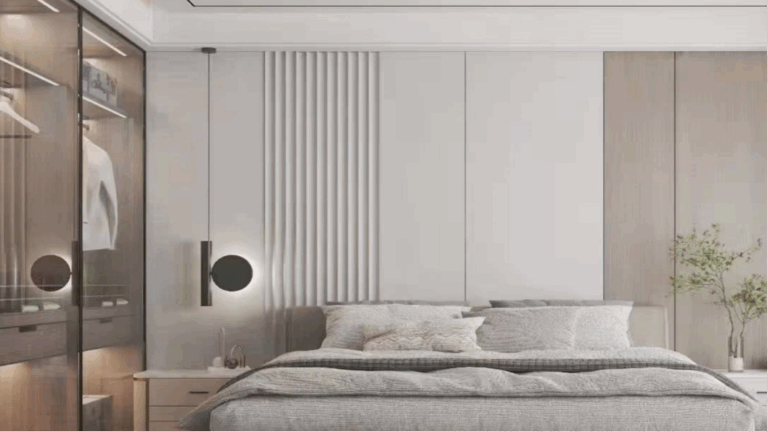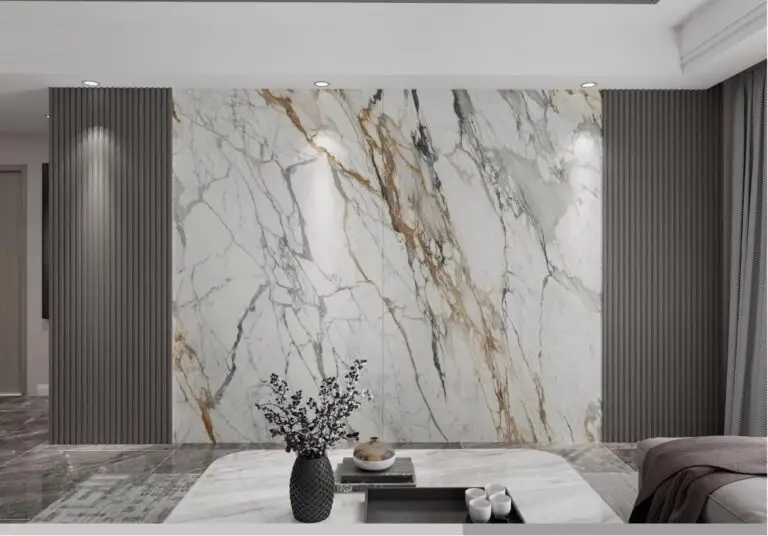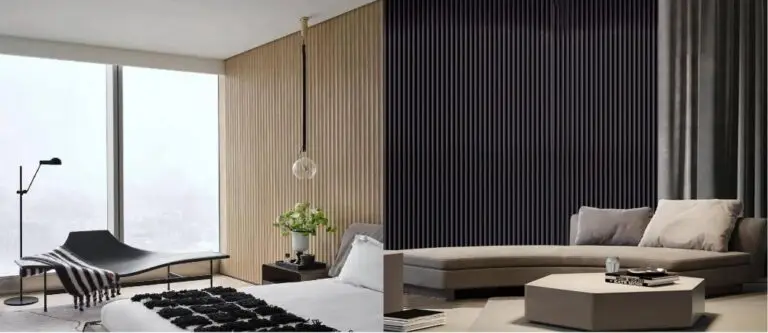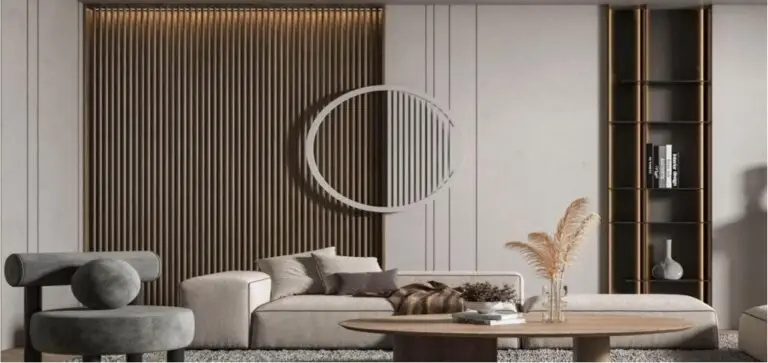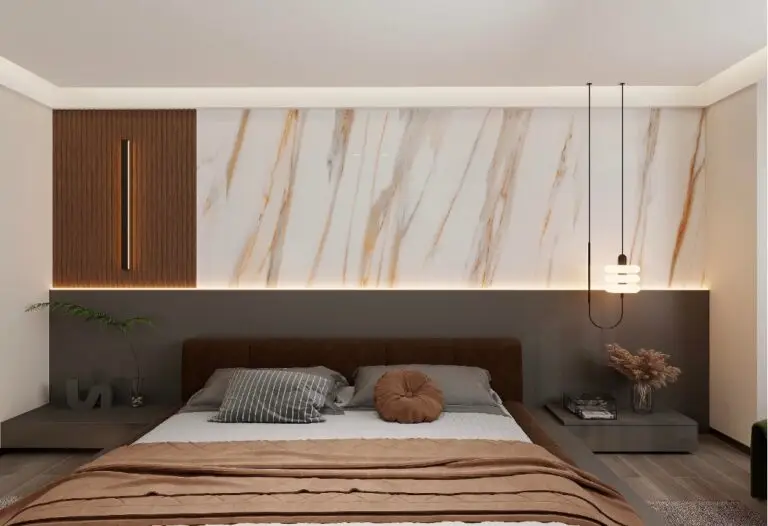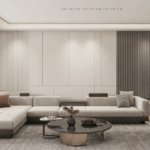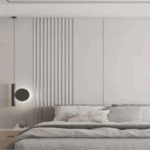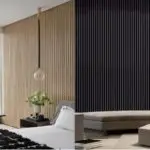The quest for sustainable yet visually striking interior materials has reshaped modern design priorities. Indoor Wood Plastic Composite (WPC) wall panels emerge as a revolutionary choice, blending environmental responsibility with aesthetic versatility. Let’s delve into why architects, designers, and homeowners increasingly favor this innovative solution.
1.Eco-Conscious Innovation Redefines Material Science
Manufacturers craft WPC panels by merging wood fibers and plastics.This closed-loop process aligns with circular economy principles, offering a guilt-free alternative to traditional timber or PVC cladding.
Low-Carbon Footprint, High Environmental Impact
Unlike energy-intensive materials like ceramic tiles or concrete, WPC production consumes minimal resources. Factories extrude panels at lower temperatures, slashing energy use by 30-40% compared to conventional alternatives. Moreover, their longevity—lasting over 50 years with proper care—minimizes replacement cycles and associated emissions.
2. Aesthetic Versatility Meets Modern Design Demands
Textural Diversity for Discerning Tastes
From sleek metallic finishes to organic woodgrain patterns, WPC panels adapt to diverse interior narratives. The 2024 collection introduces silver luxury designs with geometric precision alongside nature-inspired textures mimicking oak and teak. Such range empowers designers to unify spaces—whether achieving industrial minimalism or rustic warmth.
Customization Unleashes Creative Potential
Manufacturers now offer bespoke solutions:
Dimensional flexibility: Tailor panels to 250mm widths or 15mm thicknesses for bold visual statements
Color modulation: Choose from sandalwood hues to contemporary greys, coordinating with furniture or flooring
Surface treatments: Opt for matte finishes in bedrooms or glossy accents in retail spaces
3. Uncompromising Durability in Challenging Environments
Defying Moisture, Mold, and Daily Wear
WPC’s polymer matrix creates an impermeable barrier, outperforming wood in humidity-prone areas like bathrooms and kitchens. Laboratories confirm zero warping after 1,000 hours of 90% humidity exposure. Antimicrobial additives further inhibit mold growth—a critical advantage for healthcare or hospitality projects.
Scratch Resistance Meets Fire Safety
Recent advancements embed nano-silica particles, boosting surface hardness by 200% compared to early-generation panels. Fire-retardant formulations achieve Class B1 fire ratings, delaying flame spread and enhancing building safety.
4. Simplified Installation Revolutionizes Renovations
Lightweight Engineering Cuts Labor Costs
At just 1.49kg/m², WPC panels enable single-person installation without heavy machinery. Interlocking tongue-and-groove systems allow rapid assembly—skilled workers can clad 30m² walls within 4 hours. This efficiency proves invaluable for tight renovation timelines.
Tool-Friendly Adaptability
Contractors appreciate WPC’s workability with standard woodworking tools. Unlike brittle ceramics, these panels permit on-site adjustments:
Precision cutting for arched doorways
Seamless integration with electrical fixtures
Hassle-free modifications during tenant changes
5. Cost-Efficiency Across the Building Lifecycle
Reducing Long-Term Maintenance Burdens
WPC eliminates recurring expenses associated with wood:
No seasonal resealing
Zero insecticide treatments
Stain-resistant surfaces needing only occasional wiping
Hotels and rental properties report 60% lower maintenance costs compared to painted drywall systems.
Thermal Insulation Lowers Energy Bills
The composite’s cellular structure traps air, providing R-values comparable to fiberglass insulation. Homes in temperate zones achieve 15-20% HVAC energy savings when combining WPC walls with insulated roofing.
Conclusion: WPC Panels — Where Ecology and Design Converge
Indoor WPC wall panels transcend being mere cladding—they embody a design philosophy prioritizing planetary health without sacrificing beauty. As urbanization intensifies and eco-regulations tighten, this material stands poised to dominate 21st-century interiors. For those seeking future-proof spaces that whisper elegance and shout sustainability, WPC offers the ultimate answer.

